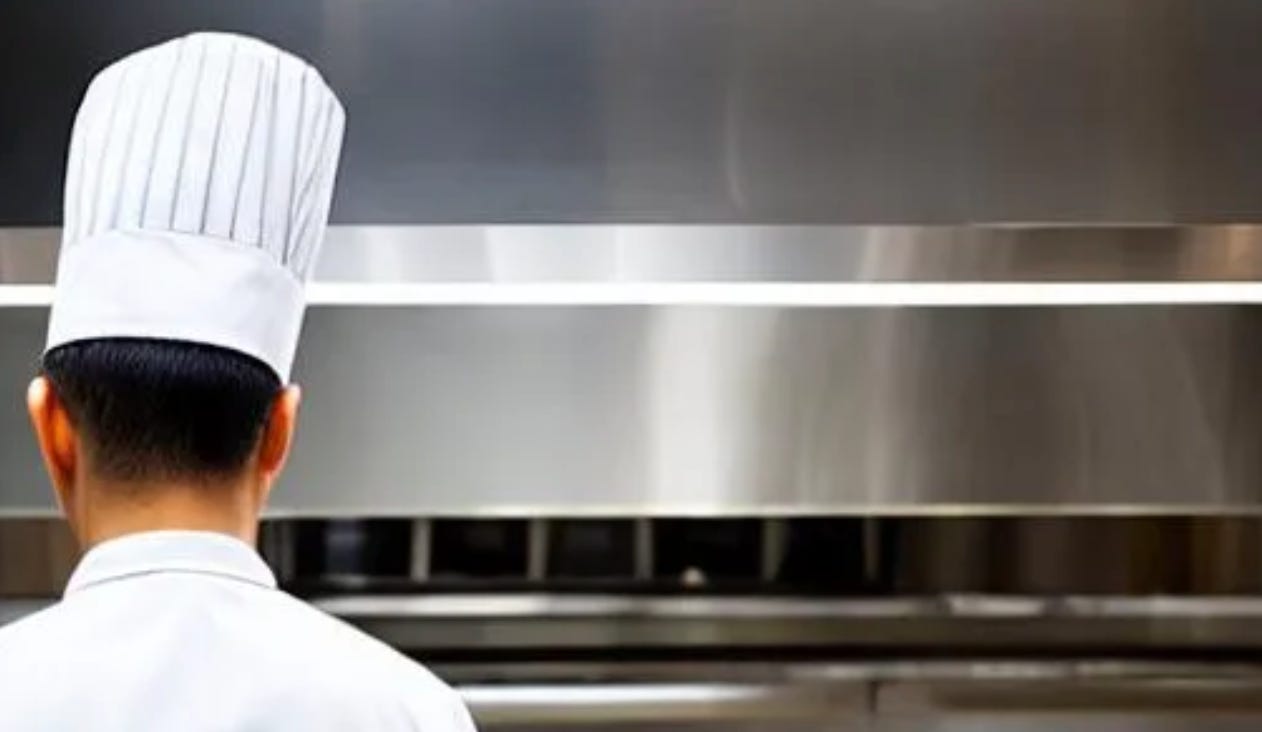We are all educational dieticians
David Winter explores the dynamics of structure and openness as a critical differentiator of good experiential learning.
In a recent article Mark Peace argues that all learning is essentially experiential as it involves converting things that happen outside us into internal meaningful knowledge. His intention in doing this is to counteract the tendency to classify experiential learning as something that is somehow different to and distinct from other more traditional forms of learning. This tendency can often lead to the sidelining, undervaluing and ghettoization of certain activities labelled ‘experiential’.
On one level, I completely agree that designating certain learning activities as ‘experiential’ and putting them in a separate box is an artificial distinction, possibly founded in academic snobbery and, perhaps even worse, a lack of understanding of how people actually learn.
However, I’m not sure that removing the distinctions and throwing all learning activities into the same undifferentiated box is that helpful when it comes to helping educators to improve the quality of their learning through boosting the already existing experiential aspects. Rather than thinking about boxes and categories, it might be more helpful to think about scales. You have to jump from one box to another, but on a scale you can slide. Perhaps it’s not about whether learning is experiential or not, it's about the degree of experientiality.
To explore this, I’m going to get metaphorical and discuss two things I really enjoy – learning and eating.
Both learning and eating involve taking something from your environment into yourself and using it to build internal structures. In the case of eating, you take in food to build physical structures (healthy bodies) and, in the case of learning, you take in information to build meaning structures that help you understand, evaluate and navigate the world around you (healthy minds).
When thinking about healthy eating, you don’t just consider what goes into your body (content). You also have to think about what happens to it before it gets there (processing). It is also helpful to have an understanding of what happens to it after it is consumed and the workings of the digestive process. In learning terms, this involves having a better understanding of the reflective process – but that’s a topic for another article.
When it comes to eating, there are a range of points at which you, as the consumer, can become involved in the processing of what goes into your body.
At one end, we have restaurant meals and pre-prepared ready meals. These can vary in quality from fast food to gourmet dining, but the thing they have in common is that someone else does the majority of the preparation – and sometimes the washing up. You the consumer, have little control over what goes into the meal – you just hope it will taste nice and be nutritious. This corresponds to pre-packaged, passive learning.
At the other end of the spectrum you could be in control of the whole process – ‘kill it, cook it, eat it’ (or possibly ‘dig it up, wash it, eat it uncooked’ if you’re a raw vegan). This corresponds to full-scale, self-directed, independent learning.
In between these two extremes, there are various options for individuals getting involved in the sourcing and preparation of ingredients and the following, adapting or creating of recipes. The extent to which individuals are willing and able to engage in these aspects of processing will depend on their motivation, their past experience of meal preparation and their possession of essential kitchen skills and equipment.
When it comes to learning design, perhaps it’s helpful to think of ourselves as the equivalent of the dietician at Hello Fresh (or Gousto or any of the other recipe box providers). Our job is to carefully design the cooking and eating experience for our subscribers. We have to decide what specific ingredients we will provide and what they will have to source themselves. We have to choose the amount of pre-preparation we do and how much we leave to the individual. We have to pick the level of detail for the recipes we provide — this could range from step-by-step hand holding (Deliah style) to minimal instructions with plenty of room for variety (Bake Off technical challenge) to just giving them the ingredients and seeing what they come up with (Ready Steady Cook).
So, maybe Mark is right — it is all experiential learning.
In which case, is it even helpful to talk about experiential learning as a thing? Perhaps instead, we should be talking about the degree to which it is participatory learning or the extent to which learning is self-directed (heutagogical).
On your marks! Get set! Bake! (And try to avoid a soggy bottom.)







